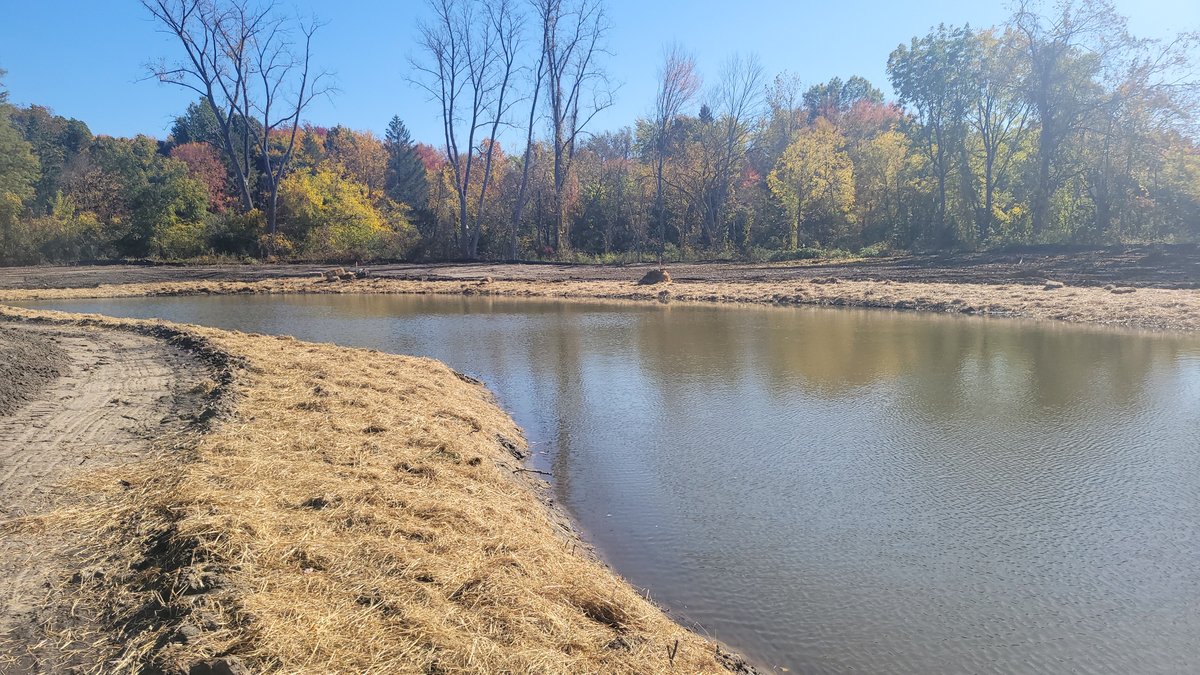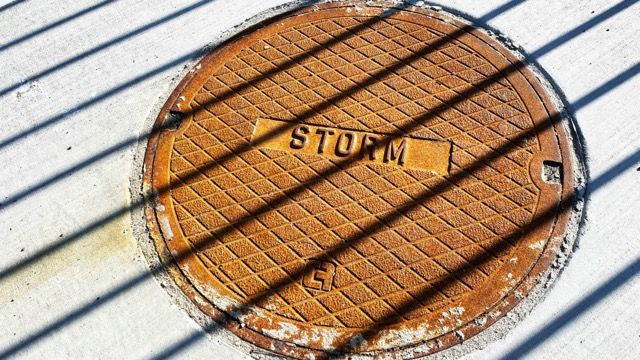Navigating Water Resource Challenges in Connecticut and Massachusetts
March 6th, 2025
Water is one of the most precious—and increasingly scrutinized—resources in land development. In Connecticut and Massachusetts, where environmental preservation and regulatory compliance are top priorities, managing stormwater and maintaining water quality are central to the success of any project. Developers must not only address the physical challenges posed by water management but also navigate a complex regulatory environment to ensure projects move forward without delays.
This article explores the water resource challenges facing developers and offers insights into how stormwater management and water quality certifications are reshaping land development practices.
The Dual Challenge: Controlling Peak Runoff Rates and Water Quality
In both Connecticut and Massachusetts, water resource challenges often revolve around two interconnected issues:
-
Controlling Peak Runoff Rates: As rainfall events become more frequent and intense due to climate change, managing runoff and preventing flooding are critical. Impervious surfaces like parking lots and rooftops exacerbate runoff, increasing the strain on aging infrastructure and natural waterways.
-
Water Quality Protection: Runoff carries pollutants—such as oils, sediments, and fertilizers—into rivers, lakes, and groundwater, threatening ecosystems and drinking water supplies. Developers must meet strict standards to prevent degradation of water resources.
Regulatory Framework: What Developers Need to Know
Both states have implemented rigorous regulations to address these challenges, requiring developers to adopt best practices in water resource management.
Connecticut
-
CT Stormwater Quality Manual:
-
CT Guidelines for Soil Erosion & Sediment Control:
Massachusetts
-
Massachusetts Stormwater Standards: These standards, enforced by the Massachusetts Department of Environmental Protection (MassDEP), require developments to address water quality, peak flow, and groundwater recharge. Official Standards →
-
Wetlands Protection Act: Projects near wetlands must meet additional permitting requirements to minimize ecological disruption. Official Website →
-
Climate Resiliency Guidelines: Developers are encouraged to design stormwater systems that account for increased rainfall and sea-level rise. Official Documentation →
Stormwater Management: Solutions for Modern Development
Effective stormwater management is no longer just about controlling runoff—it’s about integrating systems that protect natural hydrology while meeting regulatory demands.
Low-Impact Development (LID) Techniques
LID prioritizes on-site infiltration and mimicking natural water cycles. Key methods include:
-
Permeable Pavements: These surfaces allow rainwater to filter into the ground, reducing runoff volume and improving water quality.
-
Bioretention Systems: Rain gardens and bioswales capture and filter runoff, removing pollutants before water reenters natural systems.
-
Green Roofs: Vegetated rooftops reduce runoff, improve insulation, and mitigate urban heat island effects.
Stormwater Detention and Retention
Engineered systems are essential for managing runoff in larger developments:
-
Detention Basins: Temporarily store runoff to regulate peak flow rates.
-
Retention Ponds: Permanently store water, improving water quality and providing habitat for wildlife.
-
Underground Storage Systems: Space-efficient options for urban sites, these systems store stormwater below grade for controlled release or infiltration.

Above: Photo of a retention pond in Connecticut designed by Solli Engineering.
Smart Stormwater Technology
Advanced monitoring systems allow developers to optimize stormwater management in real-time, ensuring systems function effectively during heavy rain events.
Water Quality Certifications: Meeting the Standards
For projects that impact water resources, securing water quality certifications is a critical step.
Connecticut’s Approach
CTDEEP requires developers to demonstrate compliance with water quality standards as part of Section 401 certifications. This includes measures to prevent pollution, mitigate impacts, and restore affected ecosystems. Section 401 Fact Sheet →
Massachusetts’ Standards
MassDEP’s stormwater standards focus on removing pollutants from runoff, with a goal of treating the "first flush"—the initial runoff that carries the highest concentration of contaminants. Developers must also demonstrate how their designs recharge groundwater supplies.
Challenges Developers Face
Navigating these water resource challenges isn’t without hurdles:
-
Complex Regulations: Overlapping federal, state, and municipal requirements can make compliance a time-consuming process.
-
Site Constraints: Urban sites, in particular, often lack the space needed for traditional stormwater systems, requiring innovative solutions.
-
Community Concerns: Local stakeholders are increasingly vocal about protecting water resources, adding another layer of scrutiny to development plans.
Strategies for Success
To overcome these challenges, developers need a proactive and informed approach:
-
Engage Early: Consulting with civil engineers and environmental experts early in the planning process ensures that water resource management is integrated seamlessly into project designs.
-
Leverage LID Practices: Incorporating LID techniques can help developers meet regulatory standards while enhancing site aesthetics and functionality.
-
Invest in Technology: Tools like hydrologic modeling software and real-time monitoring systems improve design accuracy and operational performance.
-
Collaborate with Regulators: Building strong relationships with CTDEEP, MassDEP, and local planning boards can streamline the permitting process and address concerns early.
How Solli Engineering Can Help
At Solli Engineering, we specialize in navigating the complexities of water resource challenges for developers in Connecticut and Massachusetts. Our services include:
-
Water Quality Analysis: Using advanced modeling tools, we evaluate runoff impacts and design solutions that protect water quality and align with state standards.
-
Stormwater Design: From bioretention systems to underground storage solutions, we create tailored designs that meet regulatory requirements and enhance project performance.
-
Permitting Support: Our team has extensive experience working with CTDEEP, MassDEP, and local boards to secure the necessary approvals for your project.
Looking Ahead: A Future of Resilient Development
Water resource management is no longer a secondary concern—it’s a defining factor in successful land development. Developers in Connecticut and Massachusetts must rise to the challenge by adopting innovative stormwater solutions and prioritizing water quality.
By partnering with experienced engineers and embracing sustainable practices, developers can not only meet regulatory demands but also deliver projects that benefit communities and the environment alike.
Contact Solli Engineering today to learn how we can help you navigate the complexities of stormwater management and water quality certifications in Connecticut and Massachusetts.









